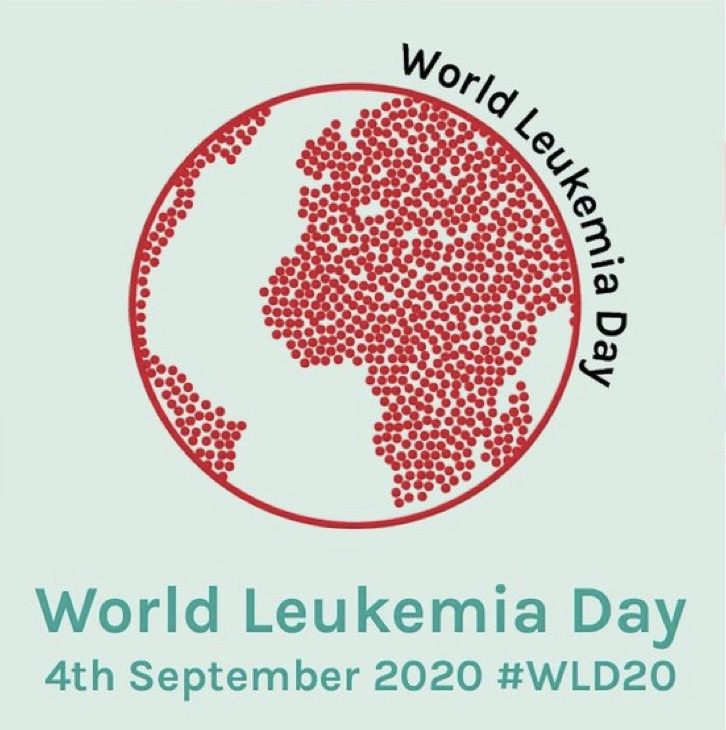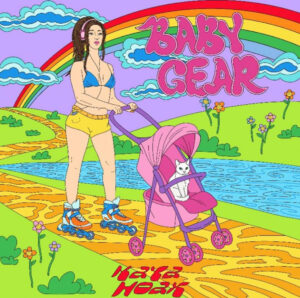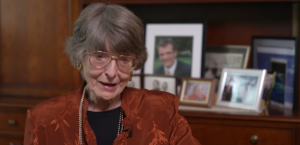Non-existent awareness of leukaemia symptoms

Non-existent awareness of leukaemia symptoms “extremely worrying” – as new figures show people in the East of England don’t know bleeding, bruising, fatigue and infections are a sign of the blood cancer
Leading UK leukaemia charities launch memorable new campaign to get people “parroting on” about the symptoms for Blood Cancer Awareness Month in September
People in the East of England are being urged to take notice of the symptoms of leukaemia, as new research published today shows that none of those surveyed in the region were able to identify ALL four of most widely reported symptoms[1] – fatigue, bruising, unusual bleeding and repeated infections.
Leukaemia is a form of blood cancer affects people of all ages and 28 people receive a leukaemia diagnosis every day in the UK – that’s over 10,000 every year. Overall survival for leukaemia stands at just over 50%[2] – making it one of the most deadly forms of cancer.
Early diagnosis could saves lives[3], yet the recent public survey by leukaemia charities Leukaemia UK and Leukaemia Care, found that over that over two-fifths (41%) of respondents from the East of England could not recognise ANY amongst the four most widely reported symptoms of the disease[4], which kills 5,000 people a year in the UK, and which is often diagnosed too late.
The two charities are collaborating on an important campaign, #SpotLeukaemia, to raise awareness of the symptoms ahead of Blood Cancer Awareness Month in September. Blood cancer is the fifth most common cancer and third deadliest.
In a new film released today Leukaemia Care and Leukaemia UK have called on the expertise of ‘Henry’, a talented Macaw parrot, to try to make the symptoms of leukaemia memorable. The ad sees Henry using a range of objects to create a catchy and repetitive ‘Spot Leukaemia rap’ featuring the symptoms of leukaemia.
People who are concerned about any of these symptoms – fatigue, bruising, unusual bleeding and repeated infections – are being strongly urged by the charities to contact their GP and request a blood test. More information is available on the Spot Leukaemia website at www.spotleukaemia.org.uk.
The ad focuses on the top four symptoms. Other symptoms of leukaemia include fever or night sweats, bone or joint pain and swollen lymph nodes.
The charities are now calling on people to start “parroting on” about leukaemia and its symptoms, share the video (https://youtu.be/UMRTMKVvYhQ) with friends and family, and visit the Spot Leukaemia website for more help and advice.
Awareness of the symptoms of leukaemia is low in the East of England
Only 12% of respondents across the East recognised that repeated infections – one of the most common symptoms of leukaemia – are a symptom, only 32% said unusual bruising is a symptom and only 11% said unusual bleeding is a symptom. Only 45% of respondents were not able to recognise fatigue as a symptom – which is often the most likely symptom to be identified by those later diagnosed with leukaemia.[5]
Case Study: Joel and Amy, Bishop’s Stortford
Joel was at first misdiagnosed with arthritis. Joel is an electrician and all his symptoms were blamed on having a very active job – the back and joint pain was always put down to his occupation. He grew very fatigued and that was put down to not being able to sleep from the pain. He was off his food and lost weight but there always appeared to be an answer for everything. After countless GP appointments, calls to 111, multiple A&E visits and swapping GP surgeries, constantly challenging his diagnosis, Joel was finally given an MRI scan and a blood test.
Due to the pandemic delays Joel had to wait 4 long months for the MRI. On the day he and his partner Amy were due to go and collect the results, Amy went into their bedroom to wake Joel, to find him lying in agony and that his lips had gone blue. They rushed to A&E and whilst they were on route, the consultant rang and told them: “Joel has blood cancer”.
Amy said, “I will never, ever forget Joel’s face when those words were said. Once we arrived in A&E, we waited for 4 hours. During this time Joel caught sepsis. He was rushed to intensive care. In 24 hours our world had been turned upside down.”
Defying all odds, Joel recovered from the sepsis and was out of intensive care after two days. Joel was diagnosed with acute lymphoblastic leukaemia (ALL) and Joel, Amy and their daughter, began Joel’s cancer journey together.
Joel went through his first round of chemotherapy and had a rare adverse reaction to a drug resulting in him developing pancreatitis and ending up in intensive care once more. Whilst still receiving treatment, Joel is now in remission but the challenges brought about by the leukaemia diagnosis and treatment continue.
Amy said, “We have battled through the toughest of times as a family and Joel has been truly inspiring throughout, showing superhuman strength and amazing levels of bravery. At one point he caught Covid whilst in hospital and had three weeks when he was not allowed any visitors.”
Now, Amy wants to tell their family’s story in order to make sure that the symptoms of blood cancer become more widely known. She said, “That’s why we are working with charities like Leukaemia UK to raise awareness of this disease. More training should also be provided to healthcare professionals on how to spot blood cancer. We were never thinking cancer, but perhaps if we had been more aware of the symptoms of leukaemia we would have presented this to the GP and fought even harder for a blood test to confirm a diagnosis.”
Awareness amongst different age groups
Nationally, those who are over 55 also underestimate their risk, thinking that leukaemia is a childhood disease. Only 11% of over 55s thought that they had the greatest risk of leukaemia[6], whereas in reality cases rise sharply after the age of 55 and 38% of all new cases occur in the over 75s.
Fiona Hazell, Chief Executive of Leukaemia UK said, “It’s extremely worrying that less than 1% of Brits are able to identify the most common symptoms of leukaemia, when 28 people are diagnosed each day in the UK. People underestimate their risk by thinking that leukaemia is a childhood disease. In reality, both incidence and mortality rates rise sharply after the age of 55. Raising awareness in this age group is critical in order to treat it early and effectively; and ultimately to improve survival rates overall.”
A lack of awareness of which age groups are most at risk from leukaemia is also concerning, with 43% of respondents thinking that leukaemia is most common in the under 24s.[7]
Whilst it is true that leukaemia is the most common type of childhood cancer, leukaemia incidence rates rise sharply after the age of 55 and 38% of all new diagnoses occur in those over 75.[8] The survey found that only 2% of Brits think that leukaemia is most common in those over 75. The Spot Leukaemia campaign particularly wants to increase awareness among those who are over 65, as this age group is the most likely to be diagnosed with leukaemia.
Zack Pemberton-Whiteley, Chief Executive of Leukaemia Care said, “To hear that less than 1% of the UK public are able to identify the four most common symptoms of leukaemia is extremely worrying. Early diagnosis of leukaemia can improve survival. With over 10,000 people being diagnosed every year with a leukaemia, this shows just how important it is to continue to raise awareness of the signs and symptoms and how much work needs to be done.
“We know that our new Spot Leukaemia video may ruffle some feathers but in order to raise awareness we needed to create something that will fly. It’s crucial that if you think you have fatigue, bruising or bleeding or repeated infections that you contact your GP and ask for a blood test. It’s as simple as that and we will continue to parrot-on about it.”
To watch the campaign video visit www.spotleukaemia.org.uk




